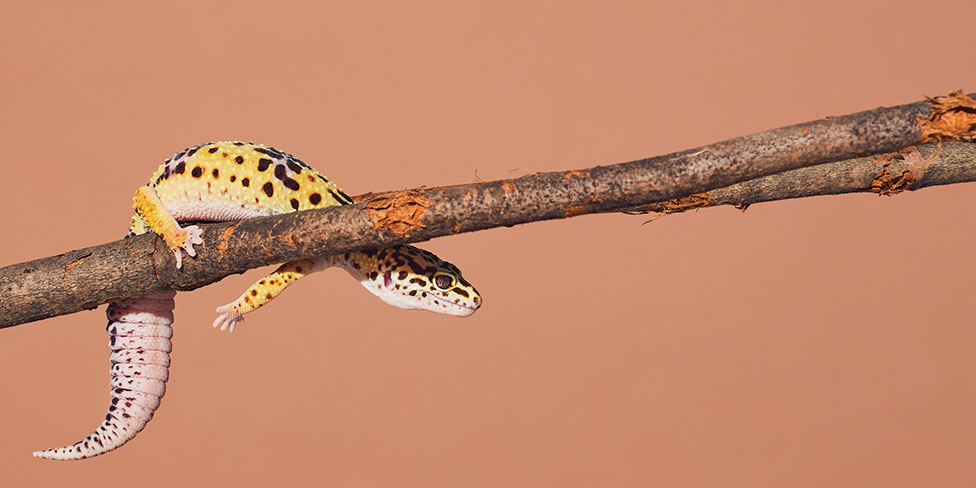Animal care in research labs continues, despite the pandemic
No widespread culling is being reported, as workers strive to maintain this crucial research infrastructure.

Most universities look like ghost towns at the moment due to the COVID-19 pandemic, but the technicians, students and scientists who work with research animals are keeping busy. This complex part of the scientific enterprise cannot simply be powered down temporarily like any other piece of campus infrastructure.
According to the most recent report from the Canadian Council on Animal Care, in 2018 some 3.8 million animals – mostly mice, birds and fish – were being used in research, teaching and testing by universities, government departments or other institutions certified by this independent body. The CCAC regularly conducts inspections to ensure that institutions and their practices meet specific ethical and technical standards, a list of requirements that also includes having detailed plans for dealing with emergencies ranging from massive power outages to disruptions caused by a labour dispute.
“We didn’t have a specific plan for a global pandemic,” acknowledges Holly Orlando, director of animal care and veterinary services at the University of Ottawa. Nevertheless, Dr. Orlando says, the care of animals has been recognized by government authorities as an essential service, which means there have been few bureaucratic impediments to allowing lab workers to continue their duties. “Animal care folks really love animals and want to make sure that they are there, day after day, looking after the needs of the animal population that we have.”
The same enthusiasm can be found at the other end of the country. “The welfare of our research animals remains a priority, and UBC’s animal research facilities are considered crucial services, with qualified staff available to maintain animal welfare,” says Matthew Ramsey, director of university affairs for the University of British Columbia’s media relations department. In addition to maintaining animal colonies in order to preserve the integrity of research, he notes that exemptions have been made to allow some research to continue if the alternative would mean that the animals had to be sacrificed unnecessarily.
A last resort
Many American universities have done just that, according to reports in Science and The Scientist, which describe the hard choices made at institutions that are euthanizing significant proportions of their animal populations in order to reduce the number of people needed to look after them. For Andre Buret, University of Calgary’s associate vice-president, research, such measures should only be a last resort.
“You cannot just waste and euthanize animals,” he argues. “The fact is that you have to go through a very strict system to enable research using animals according to the best ethical and most humane way feasible. … For us, the ethics is very important and that’s why we made these experiments essential.”
Despite such a calculus, some losses are occurring. Jim Gourdon, director of McGill University’s Comparative Medicine and Animal Resources Centre, says about 15 percent of their rodent population was euthanized because of cancelled experiments or delays that would have made them too old to be suitable for particular studies. He says that number could vary widely from one campus to another, but McGill is still taking pains to sustain colonies and long-term research projects, which represent a significant investment.
At U of O, Dr. Orlando says such efforts must look toward the end of the current crisis. “A lot of what we have are breeding animals, transgenic lines that in many cases have taken years to develop,” she says. “We really want to ensure that the researchers are in a position to pick up and get moving as quickly as possible once this has ended.”
For an administrator like Dr. Buret, whose own research uses animal models to examine how pathogens attack the body, it is the dedication of animal care staff that is preventing a serious situation from becoming far worse. “We really are very grateful for the extra work they’re putting in to help us through this crisis,” he says.
This dedication is not surprising to Pierre Verreault, executive director of the CCAC, who points out that the people in this field are well aware of just how expensive, labour-intensive and morally fraught their work is. “The vast majority of researchers understand that conducting science with animals is a privilege,” he says, “not a right.”
Featured Jobs
- Veterinary Medicine - Faculty Position (Large Animal Internal Medicine) University of Saskatchewan
- Education - (2) Assistant or Associate Professors, Teaching Scholars (Educational Leadership)Western University
- Canada Excellence Research Chair in Computational Social Science, AI, and Democracy (Associate or Full Professor)McGill University
- Psychology - Assistant Professor (Speech-Language Pathology)University of Victoria
- Business – Lecturer or Assistant Professor, 2-year term (Strategic Management) McMaster University















Post a comment
University Affairs moderates all comments according to the following guidelines. If approved, comments generally appear within one business day. We may republish particularly insightful remarks in our print edition or elsewhere.